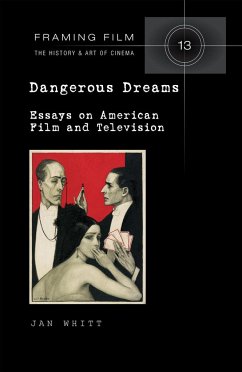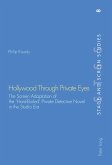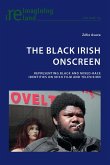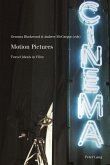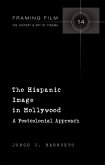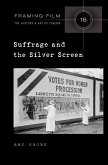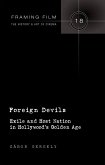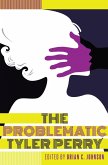In the documentary Celluloid Closet (1995), actress Susan Sarandon said films are «important - and they're dangerous - because we're the keepers of the dreams.» The visual media hold a powerful sway, influencing attitudes on class, gender, race, and ethnicity, politics, religion, and sexual orientation. Dangerous Dreams: Essays on American Film and Television employs aesthetic, feminist, historical, Marxist, psychoanalytic, semiological, and sociological criticism to explore five decades of film and television texts that have captivated audiences. From Ordinary People (1980) to Shutter Island (2011) and from The Beverly Hillbillies (1962-1971) to Sex and the City (1998-2004), the study is divided into four sections, each comprised of several essays that explore the effects of narrative and visual texts. Sections include «The Role of Literature in Film and Television», «Portrayals of Race, Ethnicity, and Sexual Orientation in Film»; «Portrayals of Race, Ethnicity, and Class in Film and Television»; and «Gender Images in Film and Television». The 16 single-authored essays that comprise Dangerous Dreams celebrate the interconnectivity of film, literature, and television and do not suggest the primacy or superiority of any of these texts, which have in common both a creative process and an immeasurable cultural impact.
«Jan Whitt's splendid Dangerous Dreams is a groundbreaking work. It places film and television at the center stage of modern American culture. Its absorbing essays probe the meaning of electronic media's personal influence for over five decades, offered in a variety of contexts. The vivid exploration of adaptations include literary classics and authors such as Edgar Allan Poe and Virginia Woolf, and extend to impact on individual audience members through filmmakers like Alfred Hitchcock and Martin Scorsese. The result is a complex, but complete picture in mass media territory unexplored by others.» (Michael D. Murray, University of Missouri Board of Curators Distinguished Professor in Media Studies)

